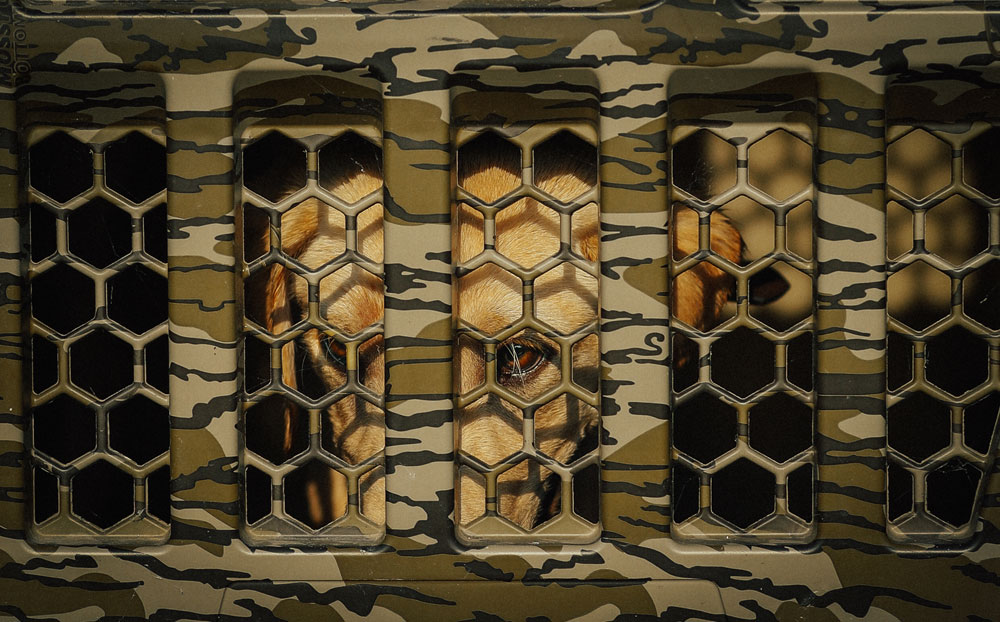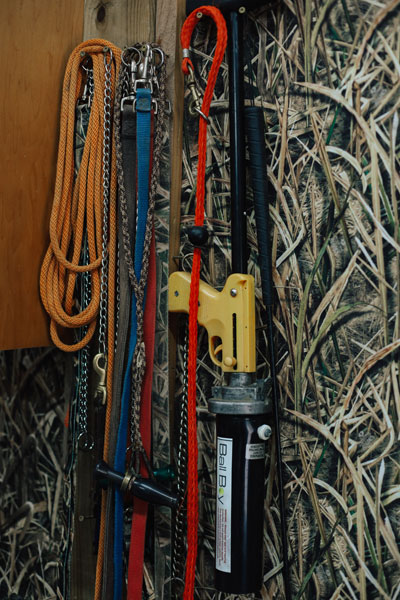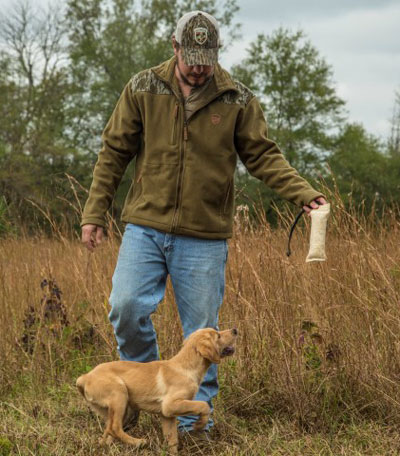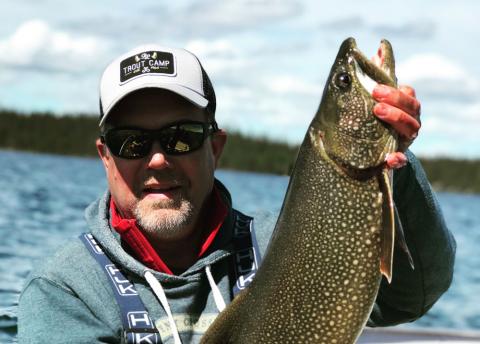Having a great hunting dog is about developing a working relationship with your pup based on a training and discipline routine you both follow.
As a dog owner in general and a hunting dog owner in particular, it is your responsibility to ensure you stick to a training regimen that equips your dog with the skills and obedience they need to safely enjoy your hunting endeavors.
With a substantial time investment on your part and the right dog training tools, you can turn your pup into a well-trained and educated working partner in the field. The following basic training tools are essential pieces of any well-rounded training toolbox to get your hunting dog in top shape for the coming season.

1. Transport Kennels
First things first: A hunting dog is a traveling dog and, as such, it is important to consider their safety on the road.
Crate training a hunting dog is not optional. It’s a vital step in their initial obedience training and will give them a sense of your consistency as an owner that contributes to establishing a bond that is built on security and reliance.
With a hunting dog, your transport needs will range from ten minutes down the road to your vet’s office to a month of schlepping cross-country for hunting events. It is essential to do your research and find a high-quality product that can safely and comfortably transport your pup.
Look for a transport kennel that a puppy can use into adulthood based on the breed’s size characteristics.
2. Whistles
Whistles are the most quintessential dog training tool in your kit, and it is likely that no other tool will be used quite as frequently as your whistle.
Whistles are the audio connection between you and your dog, particularly when it’s windy or you are in deep cover.
Utilize bridging techniques throughout basic obedience training with your dog to ensure they understand whistle, voice, and hand signals for all your commands. For older and trained dogs, reinforce whistle commands like come, sit, and change directions consistently, according to a training schedule.
3. Leads of Different Lengths
Whether you refer to it as a lead, a check cord, or a leash, one thing is certain: It is one of the more vital dog training tools to have in your arsenal. Leads are the perfect tool for maintaining a direct physical connection to, and therefore control of, your dog during training sessions.
Begin lead training with your puppy as soon as you get them home and utilize them throughout training for older dogs to reinforce basic obedience commands.
Short leads can be used for short-distance commands such as sit, heel, and down. Meanwhile, long leads are used in basic training to develop the stay command and can also be used to teach your dog flushing work within an appropriate range.
4. Training Bumpers
Training bumpers are vinyl retrieval tools that are used to teach a dog to handle at a distance. They are used in place of real birds in repetitive drills, for their obvious convenience over the real thing.
Training bumpers come in different color variations based on your dog’s level of training. Because dogs do not see color, but rather contrast, colors appear in various shades of gray. Training bumpers are colored to be easier or harder to see, according to the background they appear on, depending on your dog’s retrieval ability. The options typically include:
- White for high visibility on the ground
- Black for high visibility in the air
- White/black for high visibility in the air/on the ground
- Bright orange (“shaded” to your dog) for more complex work/pattern work
Look for hollow dummies with a valve so you can adjust their weight and firmness by altering the amount of water in each. Put your initials on your bumpers with a paint marker to ensure that any you leave at the training grounds make their way back to you.
To get started with training, you will likely need around six to eight white/black dummies. Advanced training kits will typically have no less than four to five dozen bumpers of various colors, weights, and materials.
Keep in mind: Even the hardest-working dogs love their playtime. Use your dog’s favorite toy for a game of fetch at the end of each training session to reward them for their work and encourage their efforts.
5. Cap Pistols & Blank Pistols
 When a dog doesn’t like or is frightened by loud noises, it shows, and there is no such thing as a good hunting dog that is afraid of gunfire. Cap pistols and blank pistols are an excellent way to train your dog to associate the noise of a firearm with something good.
When a dog doesn’t like or is frightened by loud noises, it shows, and there is no such thing as a good hunting dog that is afraid of gunfire. Cap pistols and blank pistols are an excellent way to train your dog to associate the noise of a firearm with something good.
Noise training should be a part of basic obedience work from the moment you bring your puppy home. Begin by clapping loudly over your pup while they eat.
Once your dog has become accustomed to the racket, make the transition to cap pistol work. At feeding time, get the food out as you typically would, fire off a cap, and then present the food to your dog to induce a Pavlovian reaction to loud noises.
As your dog becomes more acclimated to noises, change up your tactics and begin to work in different environments, adding in bumpers and other training tools.
With noise training, it is critical not to rush your dog. Gauge each reaction closely and alter your technique based on your dog’s individual needs to ensure you instill excitement and not fear.
The Most Important Investment: Your Time
Any dedicated hunting duo should have these basic training tools at their disposal. However, keep in mind these tools are only the beginning and, when it comes to hunting dog training, your kit will vary and grow depending on your game.
Anyone who hunts with a hunting dog will agree that owning a properly trained hunting dog makes for a more fulfilling and enjoyable hunting experience. Take the time to invest in your relationship with your pup, and the pair of you will spend years enjoying the return on that endeavor every hunting season.






























